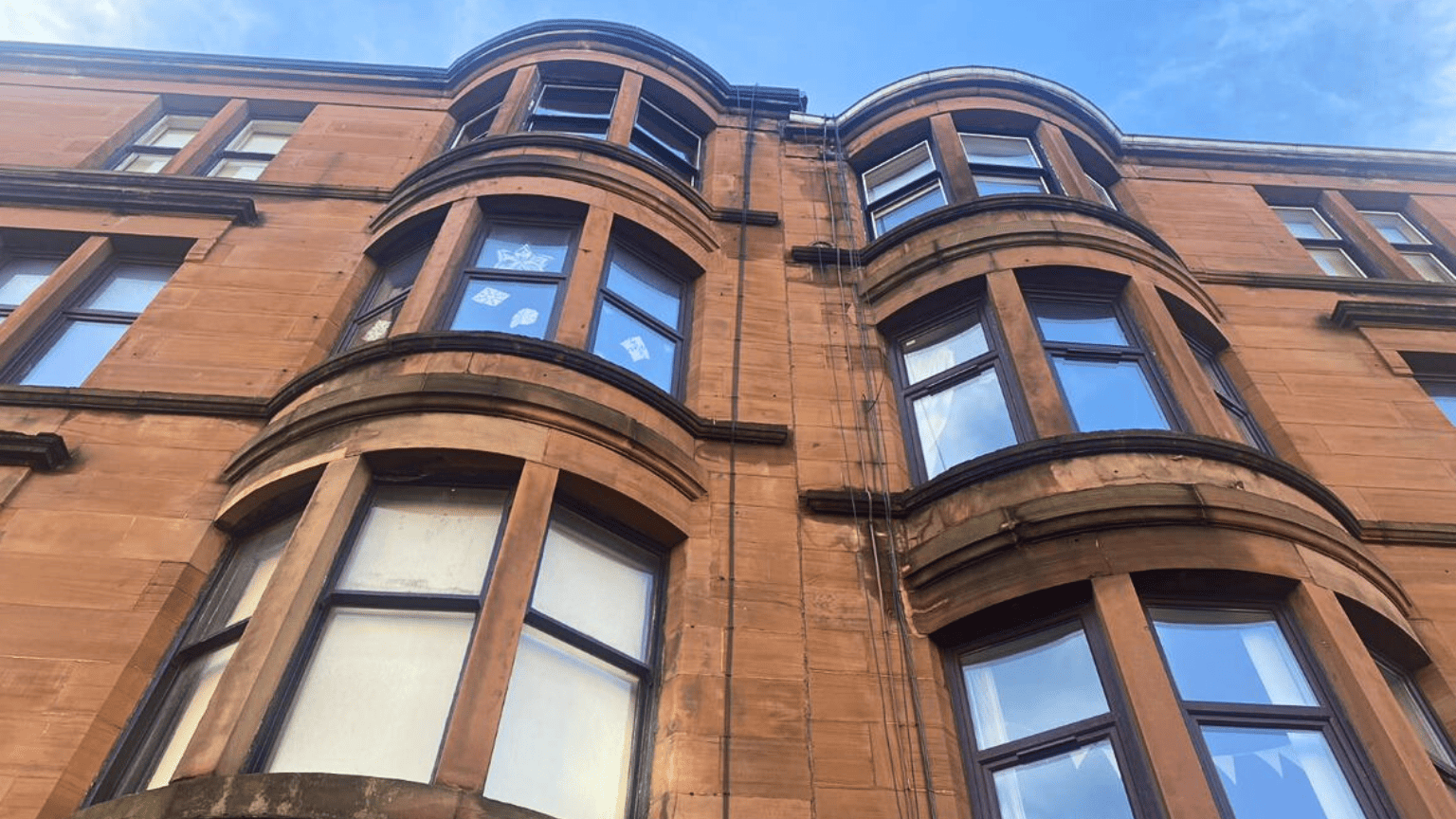Getting to know who the co-owners are in your building is important as having a list of their names and contact details can improve communication and allows for better decision-making between owners. This can make the process of organising repairs and dealing with any issues in your building easier. If you don’t know who owns a flat in your building, then there are things you can do to find out. But, if you suspect a property in your building might be empty, there are other steps you can take. A property is considered empty if it has been unoccupied for more than six months.
Owner-occupiers
If your co-owners are owner-occupiers, a simple way to contact them is to post a note through their door with your contact details asking them to get in touch with you. If this doesn’t work, you can buy a copy of the title sheet to the property from the Registers of Scotland website for a small fee. This document will tell you who the legal owner of the property is and their last known address at the time of the property sale.

Landlords
If your co-owner is a landlord, you can search for their details on the Scottish Government’s Landlord Register website using their landlord registration number or the postcode of the rental property. Or you may be able to ask the tenants for the name of the flat owner. If the landlord uses a letting agent, the tenants may give you the letting agent’s details instead. You can then contact the letting agent who may be able to pass on communications to the landlord.
Factored buildings
If your building has a factor, then they will hold information about your co-owners and may be able to pass on
Empty homes
Properties can sometimes be left empty for long periods of time. This can occur for various reasons, such as someone passing away or a property remaining on the market. Additionally, a property may have been inherited and need a lot of work, which can be overwhelming for the family. And for sentimental reasons, it may be challenging for the family to know what to do with the property.
Empty homes can be costly if left empty due to the increased risks of fire and vandalism, which incur higher insurance costs. The property may also fall into further disrepair which can affect the neighbouring properties. Moreover, an empty property can impact house prices as it can attract vandalism and anti-social behaviour, leading to problems for residents.
If you think a flat in your building might be empty, it is beneficial to contact your council’s Empty Homes Officer. They will be able to assist you in finding out whether the property is empty and who owns the property.
If your council does not have an Empty Homes Officer, you can contact the Scottish Empty Homes Partnership who can provide further help with finding out who owns the property.
Know all your co-owners? Consider setting up an owners’ association
If you already know all your co-owners, it is good practice to set up an owners’ association. An owners’ association is a group of owner-occupiers and/or landlords who come together to tackle shared issues within their building. It doesn’t necessarily need to be a formal arrangement – simply having something like a group chat on Whatsapp, or using the free shared repairs app from Novoville, can make communication and looking after your building easier.
For more information about tracing absentee owners, check out this article.



